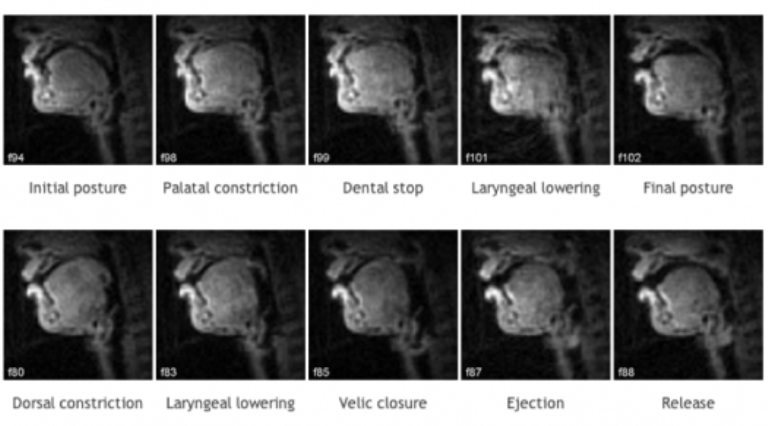
Bioengineered Spy Plants Are “The Future Of Intelligence Gathering,” According To DARPA
DARPA is well known for their mad inventor-esque forays into robotics, but they are taking yet another fascinating-yet-scary step forward - bioengineered plants that can spy on you.

Robots learn to solve problems faster by playing Minecraft
Minecraft is great for teaching young gamers key skills like problem solving and creativity, but it's not just humans who can learn a something from it. Researchers have used the computer game to teach robots these same skills in a faster, more efficient way.

Science Concludes Lumberjacks Are More Manly Than Sports
A pair of Anthropologists from the University of California, Santa Barbara have answered the lifelong question of masculinity, chopping down trees is a more manly activity than sports. Who needs to be competitive when you could be a lumberjack!

'Light At The End Of The Tunnel' Explained. The Science Behind Near Death Experiences
Many people claim to see a bright light at the end of a tunnel on their deathbeds. Those of us with religious beliefs see this as the light of heaven; but researchers have discovered new evidence that proves otherwise, claiming these visions may be caused by Electrical surges in the brain.
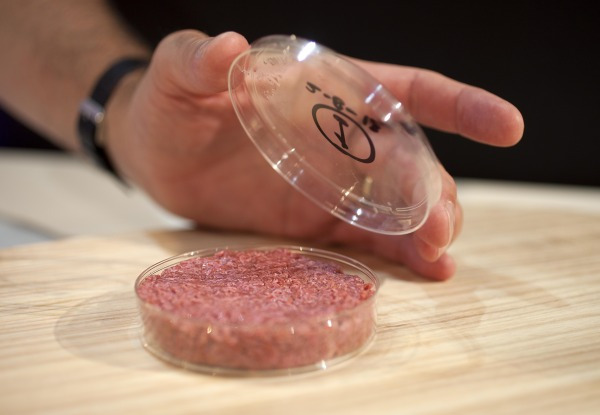
World's First Test Tube Burger Unveiled And Tasted
The world's first lab-grown test tube burger, labeled by skeptics as "Frankenburger," has been unveiled and taste tested today. Made from "cultured beef" by Dr. Mark Post, a professor at Maastricht University, this £250,000 meat patty tastes "close to meat;" but lacks fat, according to food experts.

Google Reveals 'Project Loon' Experiment To Bring Internet To 'The Entire World' By Balloons
Google has unveiled the latest project to come out of the Google X labs, named "Project Loon." It involves sending giant balloons up to beam down internet access to remote areas of the planet. They will provide a more cost effective solution for wireless coverage in regions, that would otherwise be difficult due to location.
'Responsive Typography.' Web Design Experiment Uses Face Detection To Adjust Font Size

Responsive web design is one thing; but a font that changes size according to your distance away from the screen? An experiment by web designer Marko Dugonjić takes the concept of responsive typography to a new level, using face detection to adjust font size by your proximity to the display.
Robot Driven By A Moth. Scientists One Step Closer To Lifelike Automatons
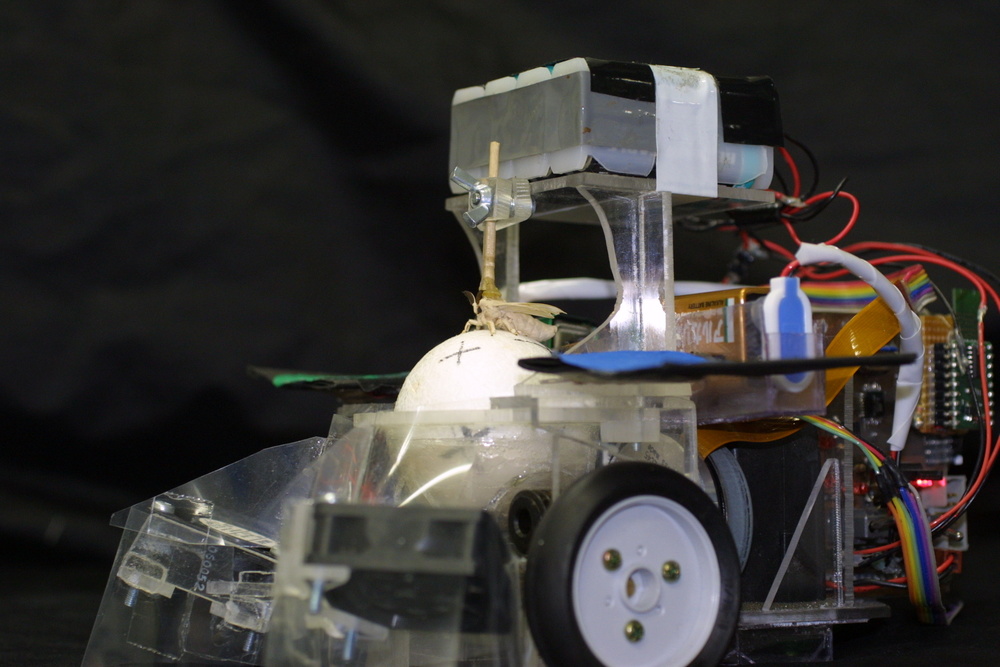
A team of scientists at the University of Tokyo have created a two-wheeled robot, which was driven by male silkmoths in pursuit of a female moth pheromone. This has been done to study and apply the moth's tracking skills, furthering the scientific pursuit towards autonomous robots that mimic life.
Researchers Use Electricity To Release Human Brain's Strongest Opioid Painkillers
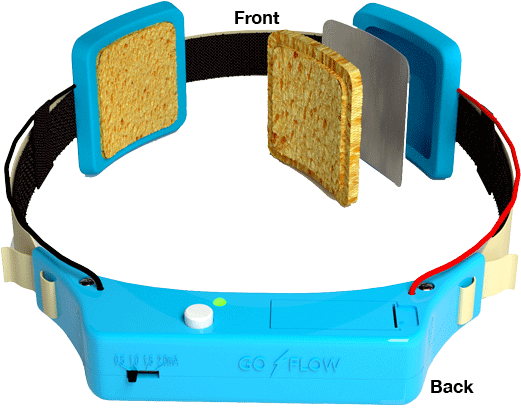
A team of international researchers have used a form of electro stimulation called transcranial direct current stimulation (tDCS) to release endrogenous opioids - the human body's most powerful painkillers that are similar in strength to morphine.
This noninvasive procedure is especially significant and rather scary, as this is an immediate natural high, which can be accessed using damp sponges on your scalp, attached to a 9-volt battery.
The Decelerator Helmet. Live Your Life In Slow Motion
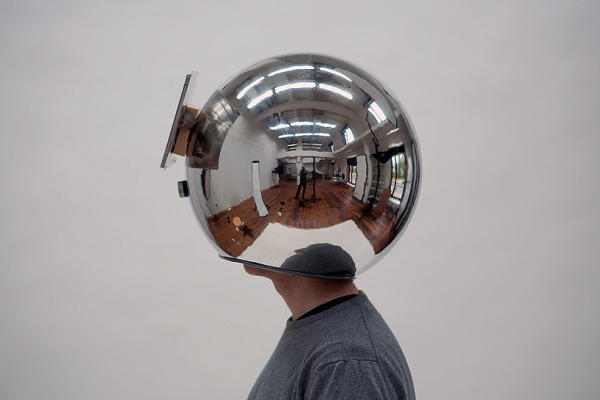
German artist Lorenz Potthast has created an experimental helmet called The Decelerator, which allows the user to perceive their world in slow motion. It seems that the invariantly constant stream of time has been digitally broken.
University Researchers Use Xbox Kinect To Control Lasers
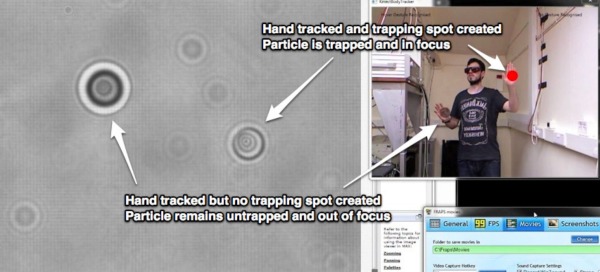
Researchers at the University of Dundee have used the Xbox 360 Kinect sensor to control optical tweezers, a set of laser beams used to manipulate particles.
Physicists control the particles through their body movements, which are read by a Kinect-based interface called "HoloHands." While not completely perfect yet, with a latency issue and the occasional misinterpration of the user's movements, the interface has been quite successfully tested moving silica particles.
Humans And Rats Interact Via Virtual Reality 'Beaming' Experiment
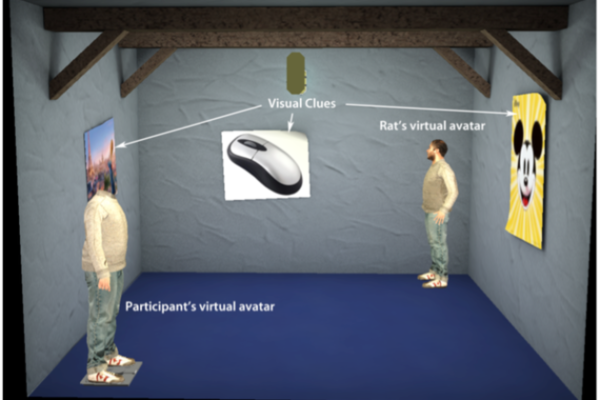
Researchers at University College London (UCL) and the University of Barcelona have built a virtual reality system that allows for humans and rats to interact. These cross-species meetings have tested a process known as 'beaming' in which people take control of digital representations of themselves to carry out virtual interactions. Think Avatar; but with rats.
Researchers Develop Technique To Remotely Control Cockroaches
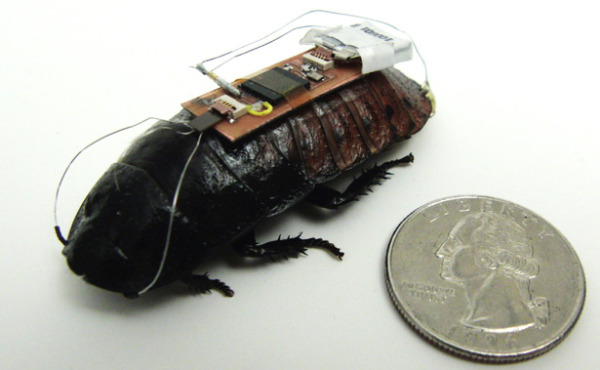
North Carolina State University researchers have managed to take full remote control of a cockroach's movements via off-the-shelf technology to, essentially, manipulate what the creature is thinking.

The Value Of A 'Like.' An Experiment In Buying Fans
There's a rule in social media marketing that many stick to: your fans should be earned, not bought. It's a guideline that's become abundantly clear over the past year, with an explosion of controversy recently from an experiment conducted by the BBC in this area. But is this really the case?
Nokia: solar charging mobile phones are possible but not ready yet

The results from Nokia's solar charging experiment are in, and while it is possible to juice up your phone via the Sun's rays, it's nowhere near consistent enough yet.
For the experiment, Nokia have used their C1-02 (one of their millions of dumbphones), attached solar panels onto the back, and sent them to a variety of countries over the last six months. Five participants were selected from across the world: two in the Arctic Circle, one in Southern Sweden, one in Kenya, and one in the Baltic Sea, each with varying lifestyles and varying weather conditions to give this a fair shot.
Bionic contact lenses to give us augmented reality eyeballs

Get pumped, tests are beginning to give us awesome Terminator-vision augmented reality vision. This new generation of contact lenses is a step closer after successful animal trials.
Scientists at Washington University conducted studies into the area via lenses with a single LED installed being trialed on rabbits.
Editorial: The Distraction of Technology

From the New York Times: “Slightly more than 1,000 pedestrians visited emergency rooms in 2008 because they got distracted and tripped, fell or ran into something while using a cellphone to talk or text." Walking into stuff while texting, we've all done it at some point.
Screens everywhere, absolutely unequivocably.


